Advancing the Chemistry of the Actinides – Dalton Discussion 14
The oral abstract deadline is 15 February 2013 – so submit yours now!
The chemistry of the actinides has the potential to impact upon many of the 21st century chemical challenges requisite for a secure and sustainable future. This conference will highlight the burgeoning role and exciting prospects for actinides in modern, metal-based chemistry.
Why take part in this discussion?
It’s a great way to get your own research better known.
The excellent keynote and invited speakers will focus on the following themes:
- Probing structure and bonding in actinide compounds
- Actinide properties and materials applications
- Advances in actinide reactivity and catalysis
- Actinides in the environment
| Confirmed speakers: | Geoff Cloke, University of Sussex, UK |
| Melissa Denecke, Karlsruhe Institute of Technology, Germany | |
| Laurent Maron, Université Paul Sabatier, Toulouse, France | |
| Jeffrey Long, University of California, Berkeley, USA | |
| Nik Kaltsoyannis, University College London, UK | |
| Marinella Mazzanti, CEA, Grenoble, France | |
| Paula Diaconescu, University of California, Los Angeles, USA | |
| Jonathan Lloyd, University of Manchester, UK |
So don’t miss this opportunity to hear from and network with the best in the field!
For more information or to submit your abstract, visit the dedicated RSC webpage.












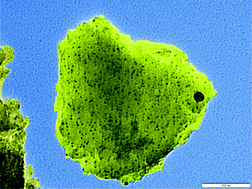
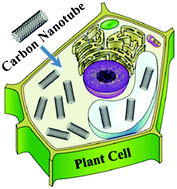
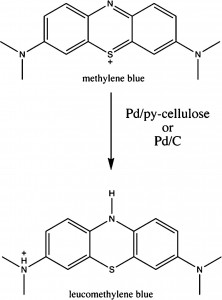
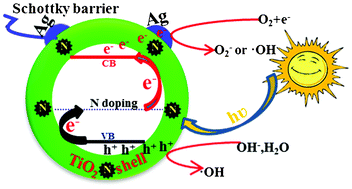
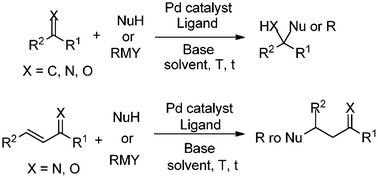 In this review article
In this review article 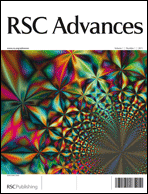 At the end of another successful year for RSC Advances, here are the top 10 most highly cited review articles in the Journal so far – all
At the end of another successful year for RSC Advances, here are the top 10 most highly cited review articles in the Journal so far – all 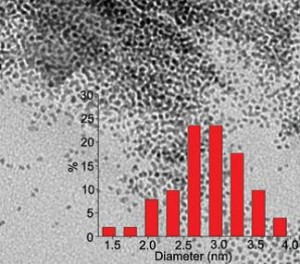
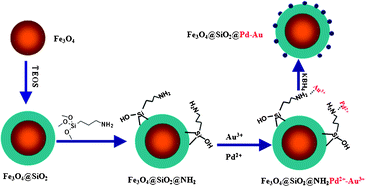
 As 2012 begins to draw to a close, we wanted to take a few moments to reflect back on what has been a very successful year for RSC Advances…
As 2012 begins to draw to a close, we wanted to take a few moments to reflect back on what has been a very successful year for RSC Advances…